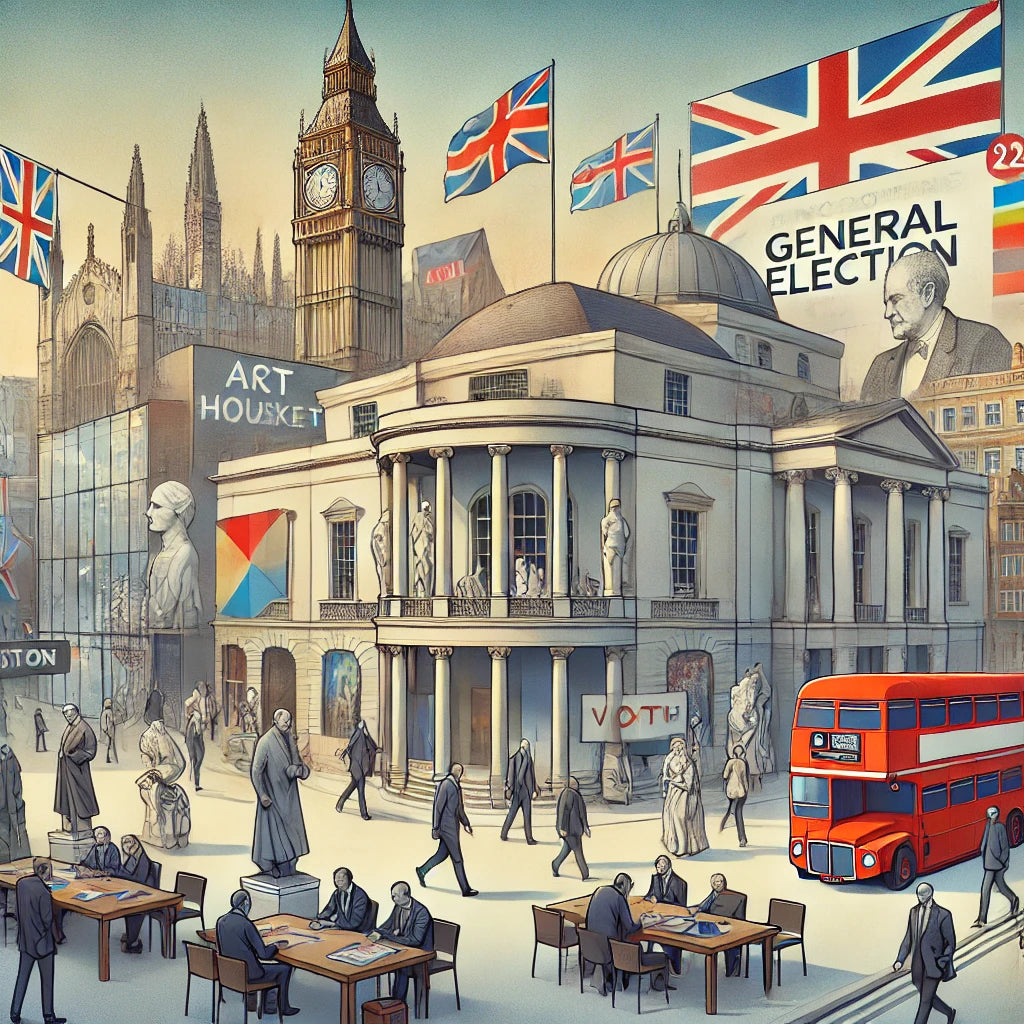The world of digital art has changed drastically over the past few years. With the advent of Bitcoin and blockchain technology, artists can now be paid for their work without having to go through any galleries or middlemen.
The History of Bitcoin
Since its inception in 2009, Bitcoin has been at the forefront of the digital currency revolution. Its popularity has led to widespread adoption and an ever-growing ecosystem of businesses and services built around it.
Bitcoin’s role in the rise of digital art is twofold. First, as a decentralized and global currency, it enables artists to reach a wider audience without having to worry about local payment systems or exchange rates. Second, Bitcoin’s blockchain technology provides a perfect platform for creating and verifying digital artworks.
The combination of these two factors has resulted in a boom in digital art created using Bitcoin. Some of the most popular examples include Satoshi Nakamoto’s Portrait of Nick Szabo, Beeple’s Everydays: The First 5,000 Days, and Cryptograffiti’s BTC graffiti mural.
With its unique properties, Bitcoin is poised to continue playing a major role in the world of digital art.
What is Bitcoin?
Bitcoin is a digital asset and a payment system invented by Satoshi Nakamoto. Transactions are verified by network nodes through cryptography and recorded in a public dispersed ledger called a blockchain. Bitcoin is unique in that there are a finite number of them: 21 million.
Bitcoins are created as a reward for a process known as mining. They can be exchanged for other currencies, products, and services. As of February 2015, over 100,000 merchants and vendors accepted bitcoin as payment.
How does Bitcoin work?
Bitcoin is a decentralized digital currency, without a central bank or single administrator, that can be sent from user to user on the peer-to-peer bitcoin network without the need for intermediaries. Transactions are verified by network nodes through cryptography and recorded in a public distributed ledger called a blockchain. Bitcoin is unique in that there are a finite number of them: 21 million.
Bitcoins are created as a reward for a process known as mining. They can be exchanged for other currencies, products, and services. As of February 2015, over 100,000 merchants and vendors accepted bitcoin as payment.
The Benefits of using Bitcoin for Digital Art
Bitcoin’s Role In The Rise Of Digital Art
Digital art is becoming increasingly popular, and Bitcoin is playing a role in its rise. Here are some of the benefits of using Bitcoin for digital art:
1. Bitcoin makes it easy to buy and sell digital art. There are no fees or middlemen involved, so artists can transact directly with buyers.
2. Bitcoin enables global transactions. Anyone can buy or sell digital art without having to worry about cross-border payments or exchange rates.
3. Bitcoin payments are fast and secure. Transactions are irreversible, so sellers can be confident they will receive payment for their artwork.
4. Bitcoin gives artists more control over their work. They can choose to sell directly to buyers or through a marketplace, and they can set their own prices.
5. Bitcoin allows artists to reach a wider audience. With no geographical restrictions, anyone in the world can discover and purchase digital art.
How to use Bitcoin for Art Purchasing
Bitcoin can be used to purchase art in a number of ways. artists may choose to sell their artwork directly for Bitcoin, or they may list their artwork on an online marketplace that accepts Bitcoin as payment.
When purchasing art with Bitcoin, it is important to remember that the value of Bitcoin can fluctuate wildly. As such, it is important to check the current value of Bitcoin before making a purchase. Once you have found an artwork that you wish to purchase, you will need to send the appropriate amount of Bitcoin to the artist or marketplace in order to complete the transaction.
Purchasing art with Bitcoin is a great way to support artists and get your hands on some unique and beautiful pieces. With a little research, you should be able to find plenty of artists and marketplaces that accept Bitcoin as payment.
The Future of Bitcoin in Digital Art
The future of Bitcoin in digital art is exciting and filled with potential. As the world continues to move towards a digital age, Bitcoin and other cryptocurrencies will become more widely accepted and used. This could potentially revolutionize the way that artists are able to sell their work, as well as how they are able to receive payments for their creations.
Currently, there are a limited number of platforms that allow artists to sell their work using Bitcoin. However, as adoption of cryptocurrency grows, we can expect to see more platforms emerge that cater to this market. This would give artists even more freedom and flexibility when it comes to selling their work, as they would no longer be tied down to traditional methods such as PayPal or bank transfers.
In addition, we can expect to see new ways of using Bitcoin emerge in the world of digital art. For example, we may see the development of decentralized marketplaces that allow artists to directly sell their work to buyers without the need for a third-party platform. We may also see the creation of blockchain-based art galleries that help to promote and showcase artist’s work.
Exciting times lie ahead for both Bitcoin and digital art. As adoption of cryptocurrency grows, so too will the opportunities for artists to sell their work in innovative and new ways.
Conclusion
Bitcoin’s role in the rise of digital art is undeniable. The cryptocurrency has allowed artists to reach a wider audience and sell their work for a higher price than ever before. With the help of Bitcoin, the digital art market is booming and showing no signs of slowing down. If you’re an artist looking to get involved in the digital art world, there’s no better time than now to start accepting Bitcoin as payment for your work.
References:
https://www.stirworld.com/think-opinions-cryptocurrency-and-the-boom-in-the-digital-art-market
https://cointelegraph.com/nonfungible-tokens-for-beginners/what-is-crypto-art-and-how-does-it-work
https://bitcoinmagazine.com/culture/bitcoins-role-in-digital-art







